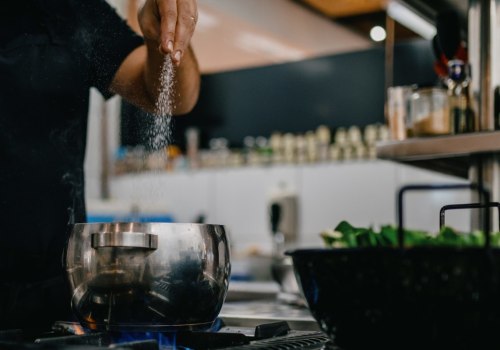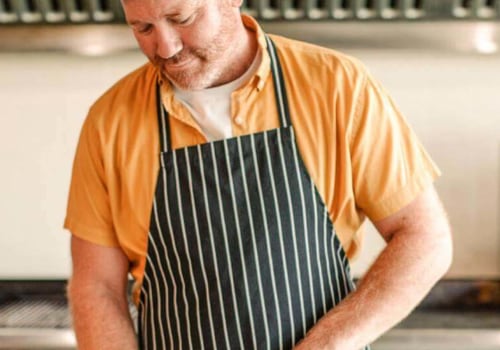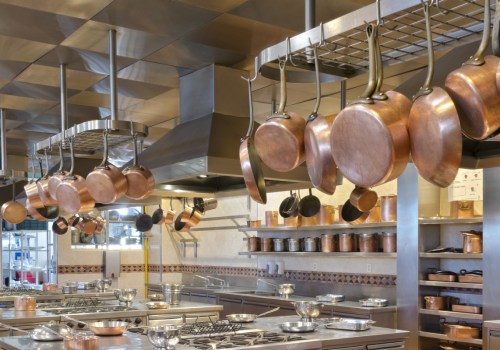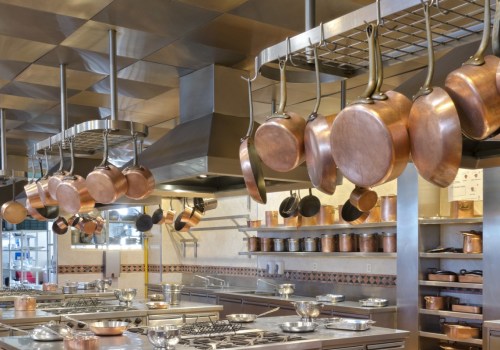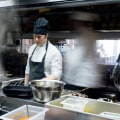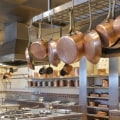Ghost kitchens (also sometimes called cloud kitchens, dark kitchens, or virtual kitchens) are also only available online, but they don't work in an existing restaurant. They often don't have any physical counterpart. Instead, they are left without a space rented to a third party. Are you wondering what a virtual kitchen is? A virtual kitchen, also known as a ghost kitchen, is a restaurant that eliminates the option of eating at the restaurant for diners and focuses exclusively on off-premises sales channels.
Under a virtual kitchen concept, a virtual kitchen works only as a home delivery, and some offer takeaway options. While they can reduce costs such as real estate and labor, the process for the customer is essentially the same as if you ordered at any restaurant. Customers contact the company through the restaurant's website, app, or phone, or through a third-party delivery application. Technically, it's like a commercial kitchen in a restaurant without the usual tables and chairs.
It works with orders that are booked online, whether through mobile devices, websites or third-party applications. A virtual kitchen can be a separate kitchen for delivery and takeaway food or an off-site support kitchen. You don't need dining room furniture, but in most cases, only the essentials for cooking and packing. There are also cloud kitchen owners who prefer to share workspaces to reduce rental costs.
It's an ideal concept for those who need additional space to fulfill many orders. These kitchens are not found in restaurants, but in shared economy spaces, such as Kitchen United or Zuul. They can also be kitchen operations located outside the walls of a typical physical restaurant, without a typical dining room or public space, once again focusing on off-premises activities. For example, delivery provider DoorDash recently launched DoorDash Kitchens, a shared ghost kitchen space in Northern California.
By partnering with Lunchbox, the app allows shoppers to order from more than 200 ghost kitchens and traditional restaurants in one place for the first time in history. This is the best time for new players to learn how to set up a ghost kitchen and demonstrate their cooking skills. Although the popularity of ghost kitchens has been increasing in recent years, the coronavirus will change consumers' gastronomic preferences forever, not just while the pandemic continues, and restaurants have started to adapt sooner rather than later. Another example of a ghost kitchen is The Local Culinary, which offers space only to virtual brands developed in-house.
Ghost kitchens helped traditional restaurants recover their losses and minimize employee layoffs by allowing them to prepare food for several brands and stay in business. Ghost kitchens and the food delivery possibilities they offer are key factors in the continued success of many restaurants. The benefits of using a ghost kitchen are manifold and have been the influence that has driven many gastronomic entrepreneurs and food startups to make a successful name for themselves in the ever-growing and fiercely competitive food delivery industry. They provide infrastructure and software that allow ghost kitchen brands to open exclusive delivery establishments with minimal capital and time expenditure.
With a ghost kitchen, you can reach more customers than ever, from a single kitchen. For example, Kitchen United offers brands not just a commercial kitchen space, but also other resources and business intelligence to make them successful. They offer food delivery programs and strategic consulting to those looking to dive into the ghost kitchen or food delivery space. .
